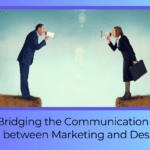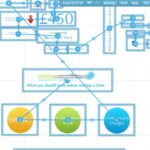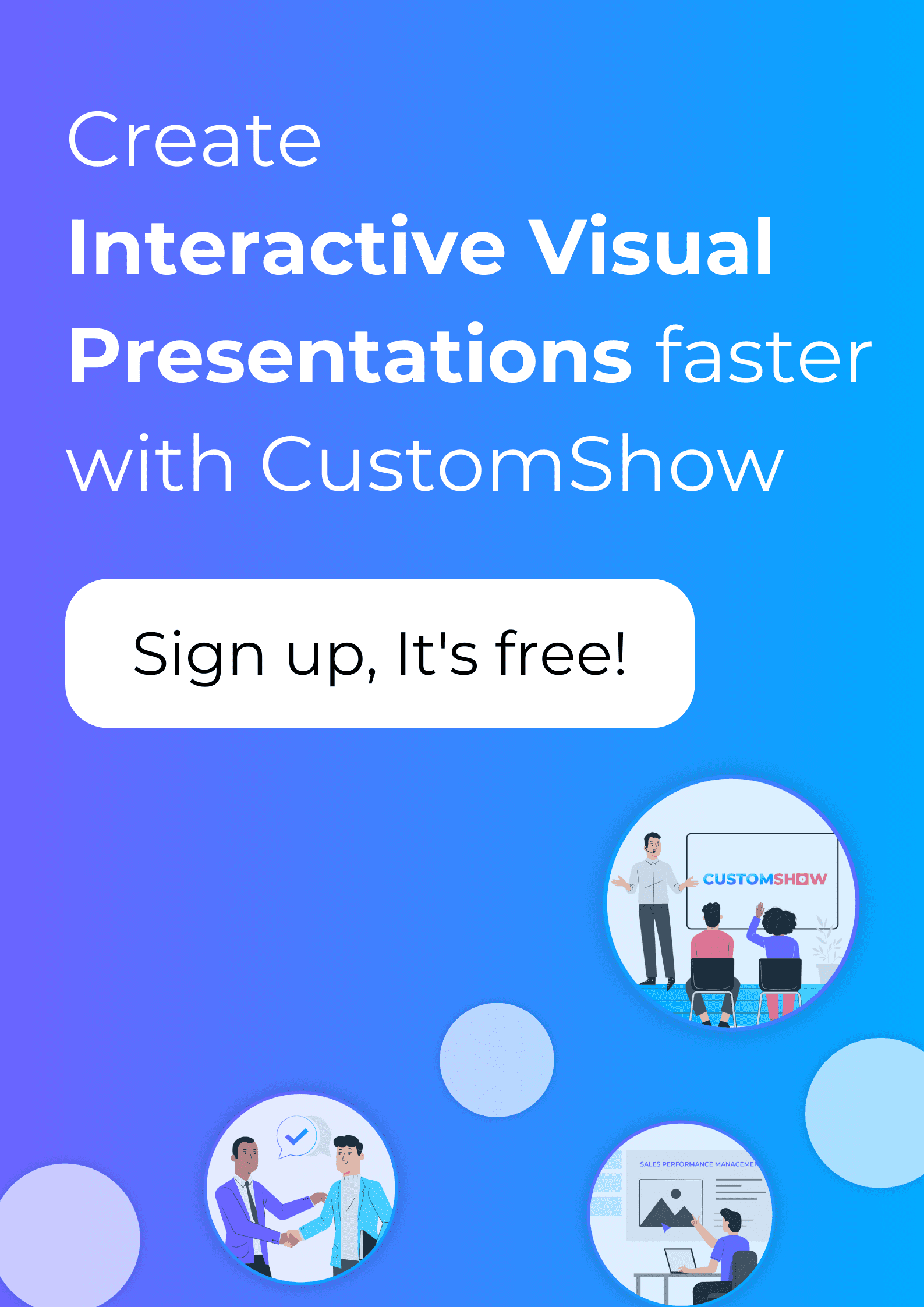Developing software solutions involves no shortage of meetings to align stakeholders. While many technical discussions are best served through documentation, presentations become necessary for securing buy-in, reporting status, demonstrating capabilities, training, and more. For a software development studio or team, creating compelling presentations is an essential yet often overlooked skill.
Poorly constructed presentations can severely undermine a project’s reception and perception among stakeholders. However, applying a few fundamental best practices can hugely enhance the clarity, impact, and professionalism of any software project presentation.
In this comprehensive article, we’ll thoroughly explore key strategies, techniques, tools, and design principles for developing winning presentations that make a lasting impact on audiences.
Defining the Purpose and Audience
Every presentation must start with explicitly defining the core objective and intended audience. Some examples of potential goals include:
- Securing executive approval for project initiation or funding
- Demonstrating new features and capabilities at major milestones
- Reporting progress against schedule, budget, and OKRs
- Training users or customers on new functionality
- Soliciting feedback from stakeholders
- Onboarding new team members
- Providing technical overviews to non-engineering audiences
Authors should deeply understand the purpose and target audience before drafting presentation content. This focuses on the scope and determines the types of information to emphasize and the level of detail required.
Structuring the Content for Flow and Clarity
With a well-defined objective and audience, the presentation content itself must be deliberately planned and structured for maximum clarity, comprehension, and logical narrative flow.
Outline the Structure Before Drafting
After aligning on purpose, first, create a high-level outline defining the overarching structure and flow before drafting individual slides. This outline provides an essential scaffolding to build upon.
Lead with the Key Takeaway
Start strong by opening the presentation with a slide succinctly stating the core message, thesis statement, or main takeaway upfront. This grounds the audience in the primary conclusion or call to action from the outset.
Use a Logical, Intentional Narrative Flow
Thoughtfully structure the presentation body in a logical sequence, transitioning from one key topic to another to methodically build understanding. Limit disjointed jumps between disparate points or topics.
Apply a Consistent Slide Structure
Define and apply a consistent slide structure template such as title, key point, and visual aid. This repetitive pattern makes it easier for audiences to digest and process each new slide.
Insert Periodic Summary Slides
Insert summary slides at logical intervals to recap the key points covered thus far. This repetition hammers home the main concepts and prevents misunderstanding.
Close with Recap and Next Steps
Close out the presentation with summary and conclusion slides that restate the core takeaways and emphasize clear next steps for the audience. This drives home the main message one final time.
Impactful Visuals and Media
Your brain processes images 60,000 times quicker than it does text. Takeaway: make your presentations more visually appealing. The strategic use of supporting graphics, charts, videos, and other multimedia is crucial. Consider these tips:
- Use illustrations and diagrams to simplify complex concepts
- Employ charts and graphs judiciously to summarize stats, metrics, and data
- Diagrams help bring architectural elements, workflows, and relationships to life
- Screenshots make the solution and user experience feel concrete and tangible
- Icons, logos, and other graphical elements boost memorability
- Short video clips demonstrate capabilities dynamically
However, don’t go overboard with gratuitous, distracting visuals that detract focus from the core content itself. All supplemental graphics and media must directly support and enhance the key points.
Concise, Scannable Messaging
Verbosity is the enemy of effective presentations. Audience attention spans today are short. To promote understanding and recall of key points, slide text must be:
- Succinct – Use crisp, compact statements that pack a maximum punch. Avoid rambling.
- Scannable – Chunk content into small, digestible paragraphs and bullet points.
- Action-oriented – Focus on what the audience needs to know and do. Cut the cruft.
- Consistent – Maintain a common tone and vocabulary throughout.
- Conversational – Be as concise as when talking to a colleague. Ditch jargon.
Devote attention to the important data, graphics, and multimedia which will convey ideas to the audience rather than unnecessarily demanding them to read and understand complex texts.
Picking Presentation Tools That Work
While PowerPoint continues to be the default slide-show tool for business presentations, the dynamic features of SaaS-based slides software have brought more advanced interactivity and design elements.
Careful choice of type and amount of information against the subject and audience can produce more attractive and impressive slides. Let’s examine some of the leading contemporary presentation tools:
Google Slides
Google Slides is a free, web-based presentation tool that makes it easy for teams to collaborate on decks. Editing, commenting, and syncing changes across co-authors is seamless. Slides interoperate smoothly with other G Suite apps like Drive and Docs for a connected workflow.
While more basic than some competitors, Slides offers sufficient design options like themes, layouts, fonts, and inserting shapes and images to create professional presentations. The ability to access and present Slides from any device also makes it flexible for our increasingly mobile world. If advanced animations and graphics aren’t critical needs, Google Slides is hard to beat for facilitated collaboration.
CustomShow
For presentations requiring audience engagement, CustomShow offers interactive features like embedded videos, real-time quizzes, embedded Tweet walls, and robust annotations. Presenters can gauge understanding and get real-time feedback. CustomShow also enables dynamic slide generation tailored to viewer responses for a customized flow.
Sections can be rearranged seamlessly as needed. And analytics provide insight into presentation effectiveness. ForSales teams can add interactive product configurators. The advanced interactivity requires more work but results in presentations that feel more like apps than static slides. CustomShow brings presentations closer to an interactive experience rather than a one-way delivery.
Prezi
Prezi has shaken up traditional slide-based presentations through its zooming canvas interface. Rather than linear slides, Prezi offers one large dynamic canvas that lets presenters fluidly zoom in and out to highlight connections and relationships.
Pre-built templates with customizable designs, fonts, colors, and graphics make it easy to create visually compelling presentations. Creative motion and transition effects add flair during delivery. Prezi also enables interactive features like videos, mind maps, and larger diagrams.
For presentations that benefit from storytelling flow and high visual appeal, Prezi provides a more dynamic medium. The learning curve is slightly steeper than slide-based tools. But presentations with a narrative arc tend to shine with Prezi’s capabilities.
Slidebean
Slidebean specializes in professionally designed presentation templates that lend a modern, visually appealing look. The templates directly incorporate best practices for layout, fonts, colors, and imagery based on foundations of strong graphic design. Simply plugging content into the pre-built slides yields polished results quickly without design experience.
For teams lacking presentation design expertise, Slidebean can lift decks above basic templates. The graphics, illustrations, icons, and photos included make presentations more vibrant and memorable.
Slidebean also allows animating presentations and crafting presentations rapidly by rearranging reusable elements. For teams seeking elevated design quality without intensive effort, Slidebean hits a valuable niche.
Beautiful.AI
Similar to Slidebean, Beautiful.AI offers professionally designed presentation templates but adds AI capabilities to streamline content updating. By analyzing presentation content, Beautiful.AI attempts to automatically apply visual stylings like images, icons, fonts, and color schemes that match the tone and semantics.
Beautiful.AI also provides collaboration features for smoother team development. For certain presentations, AI-driven creative design can lead to polished results faster than starting from scratch. However, the value largely depends on how well the AI interprets and reflects the intended tone and message. When it aligns, the automation shines.
Visme
Visme takes a different approach by focusing first on transforming presentations into infographic-style visual stories. Options include flowcharts, timelines, mind maps, org charts and more infographic formats augmented by animations and motion graphics. Traditional bullet points morph into engaging visual narratives augmented by links, multimedia, and animated annotations for richer delivery.
Teams looking to break from standard corporate slide formats to craft more visually dynamic presentations can gain appeal through Visme’s capabilities while better-retaining audience attention. But infographics work best for certain informational presentations rather than broadly.
Tools like Pitch, nCour, Decktopus, and more provide additional capabilities like VR/AR integration, advanced animations, dynamic slide generation, and presenter tracking.
When evaluating these feature-rich tools, take care not to create overly distracting or diluted slides. Let core content remain the star.
Mastering Presentation Delivery
An impactful slide deck combined with poor delivery makes the content short. Some key tips for nailing the presentation execution:
- Practice extensively – Rehearse flow, pacing, and gestures to polish delivery. Time the talk.
- Use non-verbal cues – Make frequent eye contact, smile warmly, and use natural gestures. Use our AI to write for you about any topic! Avoid nervous tics.
- Improve verbal delivery – Pronounce words clearly, project confidence in voice, and choose a tone for emphasis.
- Conversational style – Do not merely read the slides cover to cover. Have a genuine discussion.
- Storytelling techniques – Craft the presentation into an engaging, memorable story. Make it relatable.
- Field questions skillfully – Repeat or rephrase questions before answering to reinforce understanding.
Treat the presentation as a conversation, not a one-way speech. This engages audiences deeply.
Fundamental Design Principles
Lastly, adhering to fundamental design principles creates professional, polished slides:
- Use a simple, clean layout with ample white space
- Prioritize important content towards slide tops
- Limit font use to 1 or 2 clear, legible options
- Pick a minimalist color palette that aligns with the branding
- Ensure text and elements are readable from afar
- Balance negative space around illustrations
- Maintain a unified style, templates, and branding across the full deck
Applying these design fundamentals elevates the presentation’s credibility and memorability. Treat slides as an artistic medium.
Conclusion
In summary, applying strategic purpose definition, intentional content structure, concise messaging, impactful visuals, delivery mastery, and solid design principles yields presentations that educate, inspire, and persuade audiences. With diligent practice and application of techniques, software teams can perfect the art of delivering compelling slides for their critical meetings and milestones.
Audiences better absorb stories versus raw information. Treat the presentation as an opportunity to tell the story of your software project’s vision, challenges, and successes. Build the narrative carefully, illustrate with supportive media, and deliver skillfully. This captivates stakeholders’ attention to drive alignment, funding, adoption, and more.






